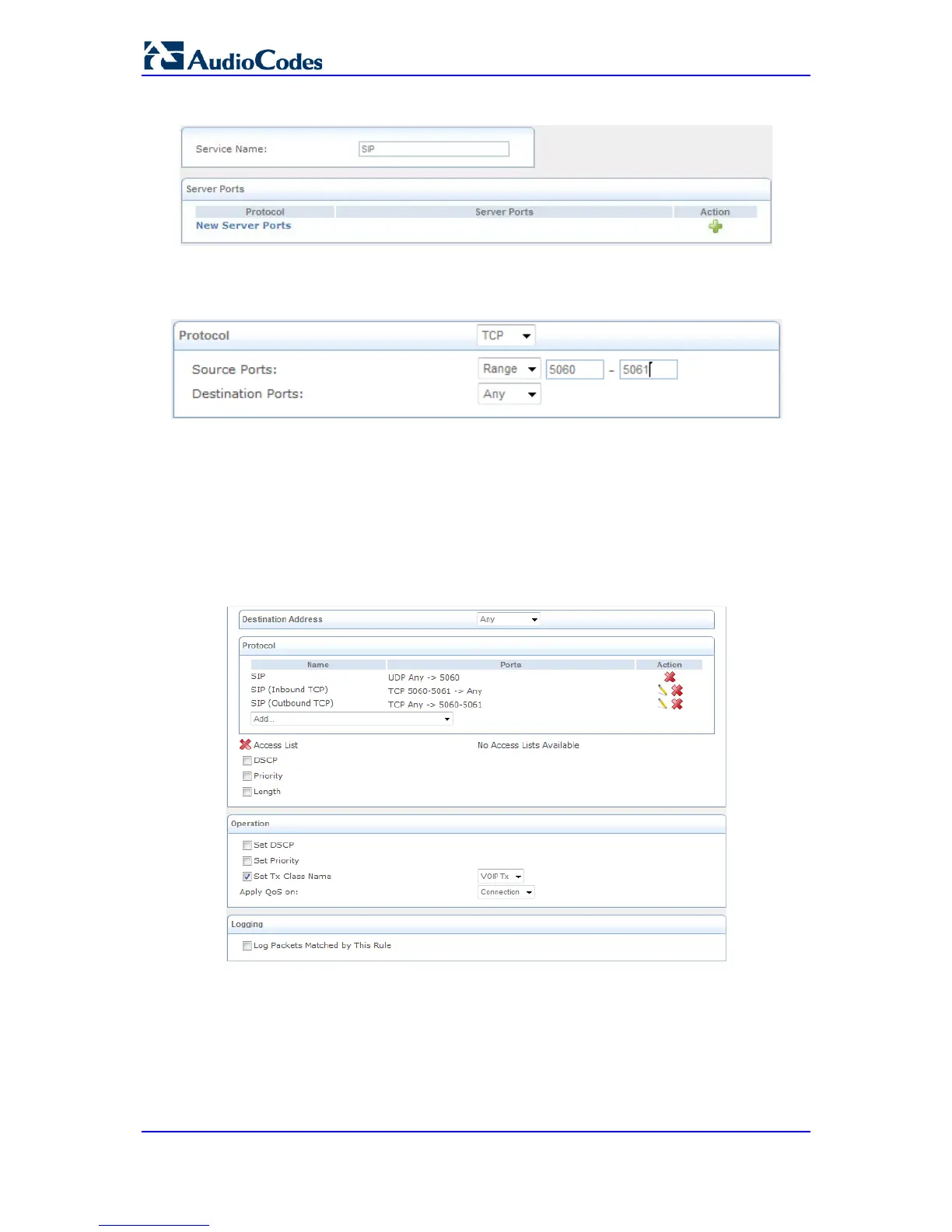Figure 3-16: Defining Incoming SIP Ports
c. In the 'Service Name' field, enter the service, and then click New Server Ports;
the following page appears.
Figure 3-17: Defining SIP Ports (e.g. TCP)
d. Define the TCP and UDP protocol and their ports, and then click OK.
e. Click OK again.
f. Perform steps 2b through 2e to configure ports for outgoing SIP packets.
g. Under the Operation group, select the 'Set Tx Class Name' check box, and then
from the corresponding drop-down list, select the traffic shaping class VOIP Tx,
which you defined for Rx packets (in 'Defining VoIP Tx Shaping Class' on page
35).
The configured incoming and outgoing SIP ports are shown below:
Figure 3-18: Traffic Matching Rule for Received SIP Signaling Traffic
h. Click OK.
4. Add a new traffic matching rule for transmitted (Tx) VoIP RTP packets to the WAN. Do
steps 2 through 3, but for the Protocol group, select 'RTP' and only port 'UDP', as
shown below.

